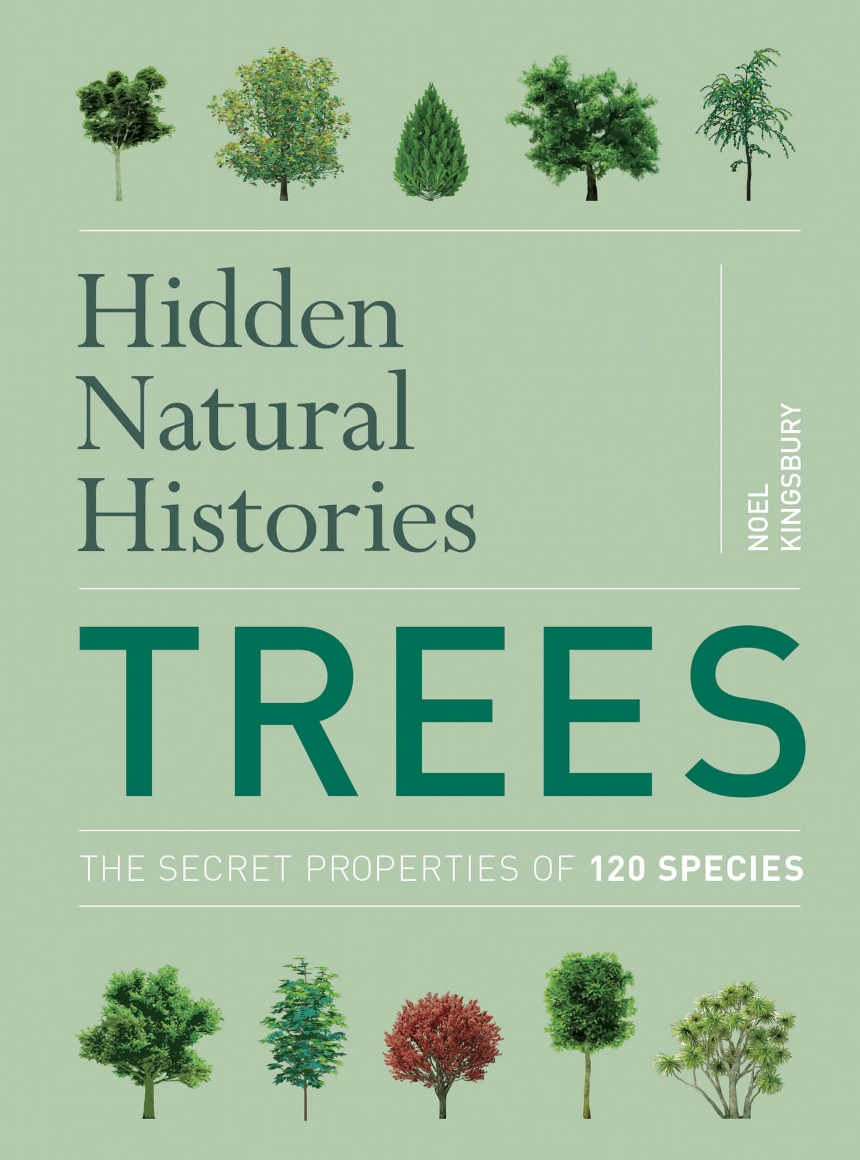Hidden Natural Histories: Trees
Behind the cedar scent of fresh pencil shavings and the slightly bitter tang of orange in our marmalade are untold stories of human interactions with the natural world. Celebrating the human heritage of these and other natural phenomena, the new Hidden Natural Histories series offers fascinating insight into the cultivation and use of the bits of nature we take for granted in our daily lives. In Trees, noted garden writer Noel Kingsbury turns his pen—or pencil—to the leafy life-forms that have warmed our hearths, framed our boats for ocean voyaging, and provided us shade on summer afternoons. From the fortitude of the ancient ginkgo tree to artistic depictions of quince fruit in the ruins of Pompeii, Kingsbury explores the culinary, medicinal, cultural, and practical uses of a forest of tree species. Packed with informative and beautiful illustrations—both new and from historical archives—Trees will charm and enlighten anyone interested in our relationship with the natural world and will be a special delight for every gardener, chef, and climber of trees.
